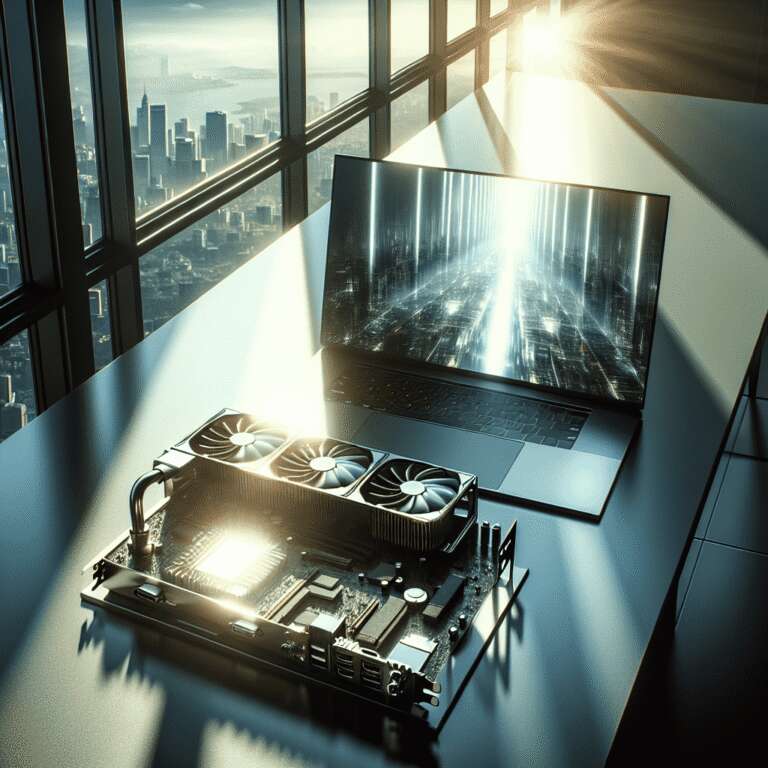As demand grows for on-device large language model (LLM) applications, LM Studio is helping developers and enthusiasts unlock high-performance inference on their own PCs. By leveraging NVIDIA GeForce RTX GPUs, LM Studio offers the ability to run LLMs entirely offline, giving users improved data privacy, greater control, and enhanced flexibility without depending on cloud infrastructure. The software is built atop the robust llama.cpp runtime, supporting both interactive chat interfaces and OpenAI-compatible APIs for seamless integration with custom tools and workflows.
The latest release, LM Studio 0.3.15, introduces CUDA 12.8 support, significantly accelerating both model loading and response times on RTX GPUs. This update also adds developer-oriented enhancements such as greater control over external tool usage through the ´tool_choice´ parameter and an improved system prompt editor for handling complex prompt structures. These upgrades boost LM Studio´s usability and performance across a wide range of RTX AI PCs, delivering faster interactions and easier integration for various Artificial Intelligence-driven tasks.
LM Studio´s flexibility enables use cases from casual experimentation to production-level deployment. The application integrates with popular desktop tools like Obsidian via plug-ins, facilitating content generation, research summarization, and note querying with locally hosted LLMs. It supports a wide array of open models—including Gemma, Llama 3, Mistral, and Orca—and various quantization formats. The 0.3.15 release brings further optimizations through CUDA graph enablement and flash attention CUDA kernels, boosting throughput by up to 35% and reducing CPU overhead. Compatibility now extends from GeForce RTX 20 Series GPUs to NVIDIA Blackwell-class hardware.
Getting started with LM Studio is straightforward: users can download the application for Windows, macOS, or Linux, select the appropriate CUDA 12 runtime, and use interface controls to maximize GPU utilization and enable flash attention. The platform continues to evolve with active community and NVIDIA-backed development on the llama.cpp backend, promising ongoing improvements for local LLM deployment. This positions LM Studio as a leading, accessible tool for high-performance, privacy-centric Artificial Intelligence on RTX-powered systems.

